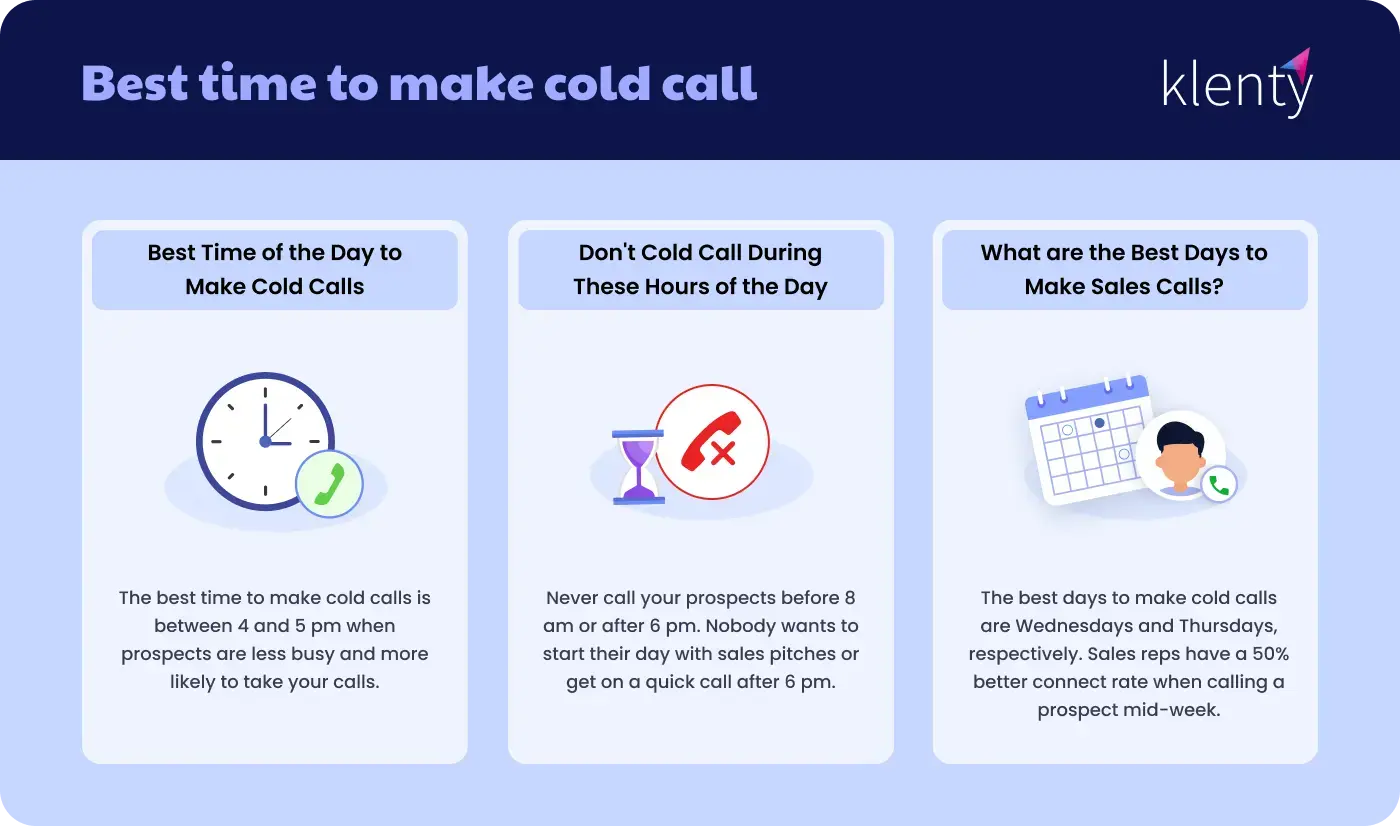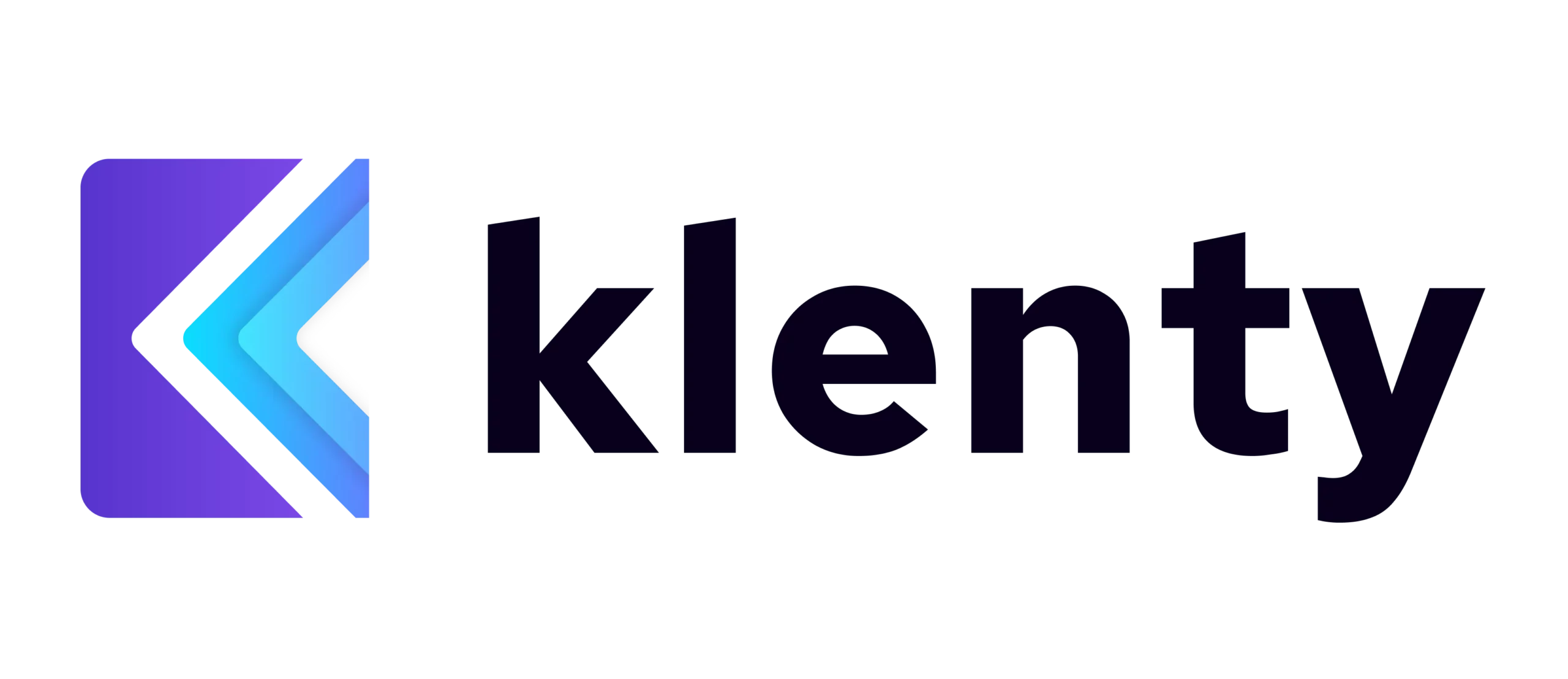“You are without a doubt the worst pirate I’ve ever heard of,” says James Norrington.
“But you have heard of me,” quips Jack Sparrow.
The Pirates of the Caribbean movie franchise is rife with moments like these. Yes, the dialogs are funny. But if the actors attuned themselves to a different pace, who knows if the delivery would get a giggle out of us?
Similarly, the difference between a successful cold call and a line left ringing has much to do with timing. Spoiler–your prospects don’t want to be interrupted by your cold outreach efforts.
So, how do you connect at the right time?
We did the research for you. Find a list of the best times of the day for cold outreach and other tips shared by top sellers on cold calling in this blog.
When Is the Best Time to Cold Call?

Research suggests the best time to make cold sales calls is between 4 pm and 5 pm. Nanditha Menon, a top-performing BDR at G2, agrees. She calls her prospects post-lunch during the second half of the workday, typically when they aren’t drowning in meetings. The second-best time, according to the same survey? Between 11 am and 12 pm, right before lunch.
When Is the Worst Time to Cold Call?
Knowing when to ring your prospects is just half the equation. Knowing when not to is the other.
First things first—beauty sleep is off-limits. Never call your prospects early in the morning—before 8 am. No, they don't want to start their day with a sales pitch (no matter how exciting it is). Neither do they want to wait past 6 to get on another quick call.
Another worst time to dial that number? The second half on a Friday. Take it from us; your prospects are already planning for the weekend, making them highly unlikely to pick up your cold call during the late afternoon.
What Are the Best Days To Cold Call?
Let's start with the worst day—Monday. It has proven to be the most hectic everywhere in the world (that's a shocker), so we'll rule it out. It is usually when people set up their calendars and workflows for the week. So even if your product is just what they need, they might be a bit too busy to get on an unscheduled phone call.
According to a CallHippo research, the best days to make cold calls is bang in the middle of the work week, a.k.a. Wednesdays, followed by Thursdays and Tuesdays, respectively. In fact, your sales reps have a 50% better connect rate when reaching out to a prospect mid-week.
Let's look at other essential tips to ace your cold calls.
Cold Calling Tips To Start Booking More Meetings
While figuring out the best cold calling time can help you bump up your response rates, it’s not the only thing that can help you guarantee them. There's a string of small and big steps that you must take to improve your outreach response rates and boost lead generation.
Let's look at some cold calling tips to help you get started:
1) Warm Up Your Prospects
Send your prospects a personalized email or drop a message on LinkedIn to familiarize them with your brand. Think of it like warming up before a big game. You wouldn't jump right in before squeezing in some stretches, right?
For instance, Vervotech’s Aamir Sohail typically sends two emails to prospects before picking up the dialer. He believes high-intent prospects would more likely interact with emails. Besides, opening with a discussion about the previous emails can help break the ice.
Need yet another reason to send that message? Well, sending a personalized message is a great way of showing your prospect that you've taken the time to understand their business and needs, in our experience. In short, you're not just another salesperson looking to steal a few moments of their time.
2) Follow the 5-Minute Mantra
Put a 5-minute cap on your research and call duration. We know what you're thinking—how can you learn everything about a prospect in just 5 minutes? Heck, are 5 minutes even enough to have a successful conversation?
This top-performing SDR, who hit 100% quota in '22, says yes. Nikita Solberg, uses the 5-minute strategy to make their outreach process more efficient. The goal is to find “all the relevant information without wasting time”, they say.
So, when researching your prospect, set aside just 5 minutes and use this time to find all the relevant information you need. Use this checklist to speed up the sales process:
- Company information (industry, size, revenue, recent news, etc.)
- Key decision-makers (their tiles, roles, and responsibilities)
- Pain points (challenges that your product can solve)
- Goals (business objectives, growth plans, prospect's personal aspirations, etc.)
- Competitors (strengths, weaknesses, and differentiators)
- Personalization opportunities (shared interests, mutual connections, or common experiences)
Pro tip: You can source all sorts of interesting information about your prospect’s companies on platforms like Crunchbase, Craft.co, and BuiltWith.
With all this information handy, you're ready to dial their phone number. The goal is to keep your call under 5 minutes too for a higher success rate. So when you are making cold calls:
- Introduce yourself,
- explain why you're calling,
- and ask if they'll be interested in a quick chat.
3) Get Your Hands on a Well-Performing Cold Calling Script
A cold calling script can be your sidekick guiding you through difficult conversations. But you don't want any sidekick. You want the best out there.
The idea is to replicate successful cold calling conversations that have worked for others, particularly top-performing SDRs with a shiny track record.
How do you get this kind of data? Cold calling software. A lot of sales engagement or cold calling automation tools keep a good track of yours and your teammates’ cold calls. Tracking anything between the duration of conversations, the conversion rate of each cold caller. It even stores call recordings, and oftentimes their transcriptions, too.
So, take cues from reps that have high conversion rates to learn how they navigate their cold calls.
Looking at the call scripts of SDRs who have the highest conversion rates will reveal:
- how they pitch,
- what questions they asked to qualify,
- and how they handled objections
But don't stop at that. Keep your objection-handling scripts handy too. This will help you quickly address common objections prospects might throw at you.
When you know how to avoid common cold calling mistakes and are armed to address concerns, your prospects will be more likely to be convinced, improving the response rate.
4) Start With a Banging Opener
“People will stay on the phone with someone who is very confident,” says actor turned high-performing SDR Sam Holeman. Why? Because it gets your prospect’s attention.
Start by introducing yourself and your company. This will help establish credibility and let the prospect know who they're speaking to. And, of course, be confident.
Sam swears by one of the following openers, for instance:
- “Hey, you’re using one of our competitors. I’m curious what you think about this.”
- “I was looking around your website, I think you might be interested in this feature that we have. When would you be available to talk more about this?”
Another way to make a good start is by asking open-ended questions. Give your prospect a chance to join the conversation and share their thoughts. By actively listening to them, you can learn more about their pain points, needs, and goals and tailor your pitch on the go.
For instance, “Hey, you’re using one of our competitors. I’m curious what you think about this,” could give you more insights into your prospect’s pain points and deal breakers than a simple “Do you have a minute,” for instance.
Remember, your cold call opener will set the tone for the entire conversation. So, ensure it's a banger.
5) Use Conversation Intelligence Tools To Analyze Your Cold Calls
Cold calling can be a hit or a miss. But how do you know which is which?
It's simple—by turning to a conversation intelligence software.
It helps you track your conversations with prospects in real time and give a nudge to your conversion rates by identifying areas for improvement for the individual reps, the whole team, and also get to the bottom of why an opportunity was won or lost.
For example, it’ll suggest you use different tones of voices, and identify whether sales reps are using the right messaging, how quickly are salespeople responding to inbound requests, whether you’re actively listening to prospects, which stakeholder to reach out to in an account, and many more practical tips.
What do you do with this information? You fix what needs to be fixed.
For example, if you notice that most prospects drop off after a certain point in the call, your sales team can reevaluate the pitch and make changes.
Conquer Your Cold Calls At The Right Hour
Now that you know when to make cold calls and when not to, go ahead and put it to the test. But remember, what works for other sales professionals doesn't necessarily have to work for you. So take it with a pinch of salt.
The key is to be strategic and keep adjusting your strategy as needed. Keep experimenting and use the right tools to find your cold calling golden hour and sales success shall follow.

